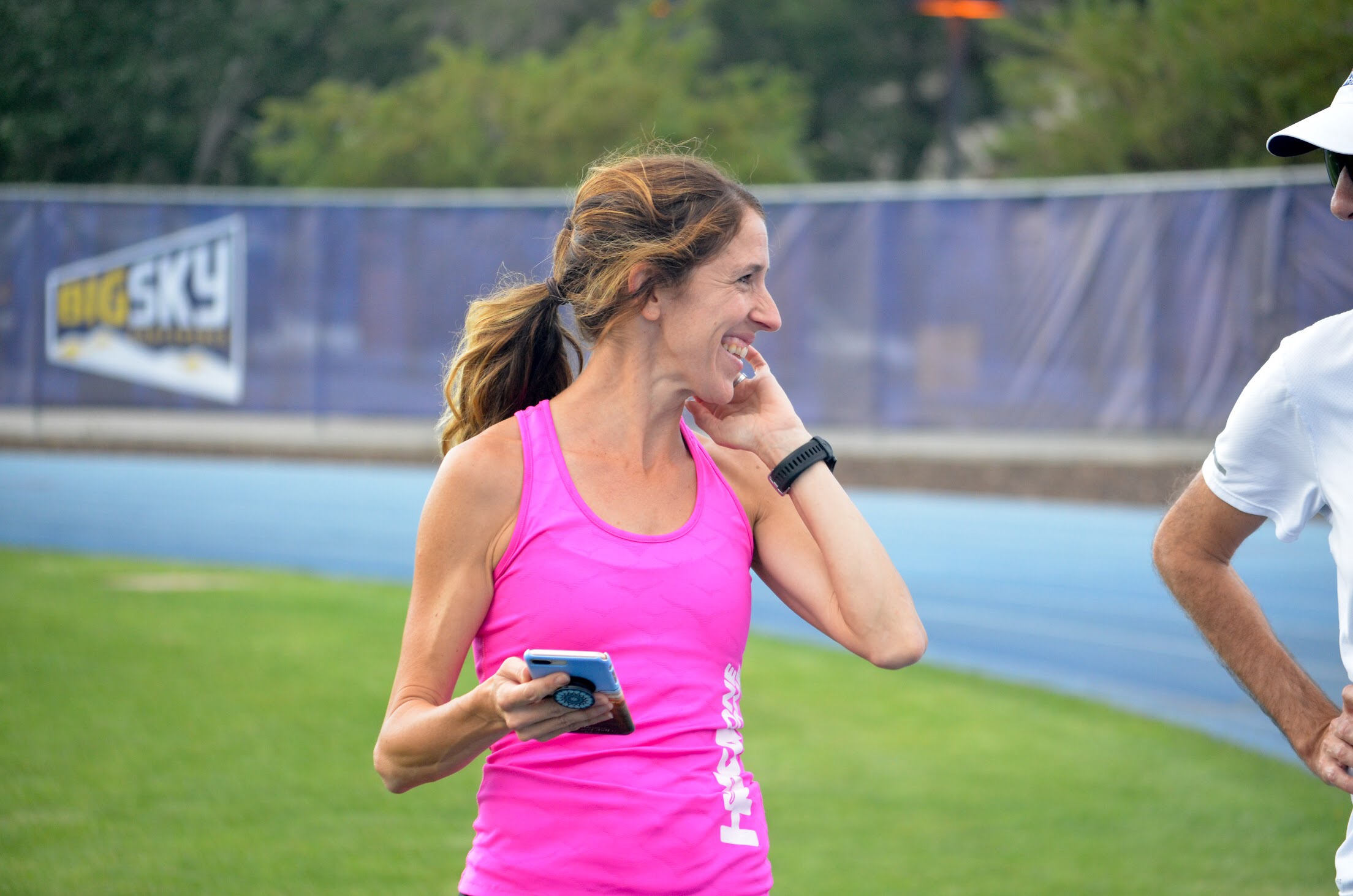Let me share something about how you feel vs. what you can do.
One year ago I remember going to sleep in my hotel in Pittsburgh, trying to erase all the negative chatter in my head about how my body was feeling. I firmly believe in the power of your thoughts and how your body perceives those feelings.
As a headed into the Pittsburgh US Half marathon champs weekend I felt like trash. I was supposed to get my period Saturday, the day before the race. As many women can attest PMS symptoms can be tough to deal with. From bloating, to cramps, to mood swings, headaches, insomnia, and achey joints. We deal with the symptoms and we deal with them in silence. I have some fellow pro runner friends who are laid out before their period. Cramps are unbearable, and they can barely run, let alone race. Timing for them is of the essence. Sometimes we can do all the right things, put in the work, and when you wake up it’s just not your day. On this particular weekend I was letting how my body felt infringe on my confidence.
All of my training leading up to this race had been solid. But I was willing to let feeling crappy get to my head. My last tune up workout in Flagstaff, I stopped halfway through for a bathroom break. Something I never do in a workout. If that happens I usually call the workout. My legs were heavy and breathing was labored. I was running a 4 mile tempo around 5:40 pace, and in just 4 days time I was looking run 13.1 miles @ 5:20-5:25. There was no way. You see negative chatter has a sneaky way of undoing all the work we put in physically and mentally. Maybe it’s because we are nervous that if we don’t deliver the end result, why did we have the audacity to dream up the goal in the first place.
I needed my period to come. Although if it came before the race I would be relieved on one hand and inconvenienced on the other. Because racing post partum on my period has been an adventure. The kind of adventure where you’re halfway into a 10k road race, and your tampon is being pushed out, no one is around, so you reach and pull it out. You cross the finish line with cameras on you, and then look down to see the mess that you have waiting for you. This happened to me in 2016 in my first race back 5 months post partum. It was embarrassing but it was the truth of running and racing post partum. For me at least. Maybe I’m alone in this thinking. Maybe it is TMI. But I’m all about TMI if it can help someone relate.
So you can imagine those thoughts of an embarrassing period incident were creeping into my head before Pittsburgh. I woke up Sunday morning, with my cycle arriving late the night before, I was bloated and my digestion was all over the map. So I strapped on some bulky underwear, underneath my buns (yes that looked awesome), and hoped for the best. This is the part that gets me. So much of my attention and thoughts were aimed at my period, the nerves of something going awry mid race that I forgot the pressure I had put on myself. The pressure to finally PR after 6 years. The pressure to be in contention to win because my training cycle had gone well. These are the thoughts I wanted to take up my headspace, not my period. But training and racing as a woman has some curveballs, but understanding them and planning accordingly will only benefit us.
I study periods. Because well I get them. And I’m an athlete who is all about timing. I love following Dr. Stacy Sims whose research suggests the following:
“Don’t be afraid of racing on your period,” says Sims. “It is a great time, physiologically, to hit the high-intensity demands of racing.
During menstruation, women’s estrogen and progesterone levels drop, which lowers an athlete’s core temperature. That can make it easier to hit higher intensities. Heart rate and respiration rates have a larger range too, which can lead to a race-day boost.
“There’s a myth that performance is negatively affected, and that there is an increased risk of iron deficiency if you race on your period,” says Sims. “But that’s not true.”
Barring prohibitively painful cramps or a higher than normal amount of bleeding, there’s no reason menstruation should stop someone from racing, according to Sims.”
You hear that: “it is a great time, physiologically, to hit the high-intensity demands of racing.” I needed to remember these key points researched and proven true by Dr. Stacy Sims. How I felt didn’t have to determine how I was going to do. I was ready. Ready to compete, ready to PR, and ready to test myself. If my mind was in the right place, so too my body could be.
I’ll save you the 13.1 mile race play by play and just tell you I was able to pull off the win. And I set a tiny PR of 70:44. I share this with you so you can understand we don’t always feel like badasses when we race. But we can still achieve great things when we feel bad. For me this win was important mentally because I didn’t accept my body telling me how bad it felt. I had to tell my mind to shut up in the race and just run. I believed in my fitness. I believed in the chance to find out how much I wanted it.
Dream Big
Steph Bruce



























